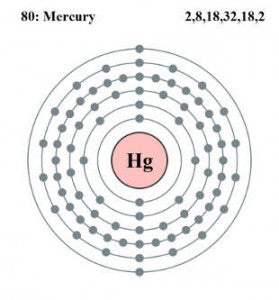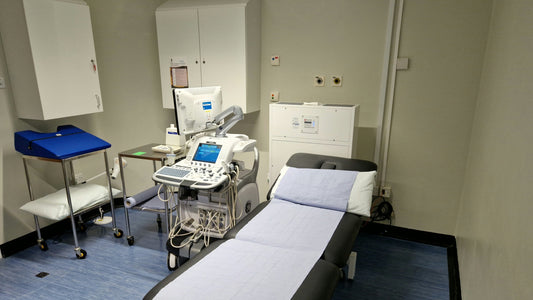Dental amalgam is a mixture of mercury with tin, copper and zinc. It is soft when being placed in a dental cavity but soon hardens in the patient's mouth. When placing or removing amalgam fillings mercury vapours are released. Is this exposure to dental amalgam a concern for dentists and their assistants?
We know that mercury is absorbed into the body mainly by inhalation. Mercury is liquid at room temperature and has a high vapour pressure, meaning that even a minor spill could lead to significant mercury exposure. In 1980, researchers at the University of Birmingham carried out a survey for the Health and Safety Executive of the scientific evidence on the health effects of occupational exposure to dental amalgam, including in dentists' surgeries. The researchers found evidence of central nervous system symptoms and kidney damage among dentists with higher levels of mercury in their bodies.
Levels of mercury in urine are generally accepted as reflecting levels of exposure to dental amalgam through inhalation of mercury vapour. In a person who has not been exposed in this way, urine mercury levels would be less than five micrograms per litre. A study of dentists in the United States showed that the average urine mercury level was on the high side of this limit, at 5.2 micrograms per litre, with 10 per cent of the study population having levels greater than 10.4 micrograms per litre while in one per cent of the sample it was greater than 33.4 micrograms per litre. It's important to realise that inhaled mercury vapour differs from ingested mercury from fish like tuna. Fish accumulate mercury from the environment in their bodies from the environment (soil, air, water) in the form of methylmercury, which can be very toxic in larger amounts. It is hard to compare the potential health effects of exposure to dental amalgam and mercury vapour and mercury from fish – but, presumably, exposure to both would increase the body burden of mercury and the potential health effects.
There has been some more recent evidence of ill effects associated with mercury amalgam. Researchers at the University of Bergen, Norway, looked at a group of dental assistants and compared their neurological health with that of a group of assistant nurses who did not work in dentistry. Symptoms were higher among the dental nurse group and included problems with memory and concentration. The problem, if it is caused by mercury, would have related to historic exposure – use of amalgam was common before 1980 but had declined to 5 per cent of all fillings by 2005. Its use is now banned in Norway. Mercury amalgam is, however, still in use in other countries, including the United Kingdom, where around eight million mercury amalgam fillings are done each year.
Therefore dentists and their staff are still being exposed to mercury. One day mercury amalgam may be fully replaced by alternative materials for filling dental cavities. The good news is that dental health is improving and there is less demand for fillings. But, in the meantime, dentists need to be sure that they keep levels exposure to dental amalgam in their surgeries below the Health and Safety Executive maximum limit of 0.05 milligrams/cubic metre of mercury. The level was set based upon the conclusions of the report mentioned above. Using an air purification system like the IQAir Dental Series provides dentists with an effective and affordable method of controlling exposure to dental amalgam.
Mercury isn't the only source of contamination in a dental practice. To find out more visit our dental air cleaning page.




